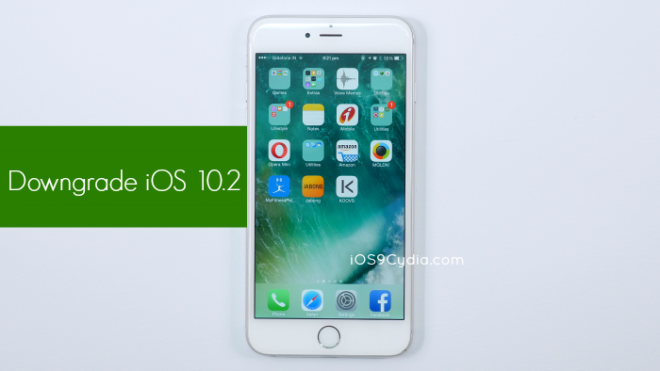
Apple has eventually rolled out the highly-anticipated iOS 10.2 final aka public version with a host of feature enhancements and fixes for existing jailbreak exploits. Consequently, it is imperative to downgrade iOS 10.2 to iOS 10.1.1 as the latest rumours in the jailbreak community hint at an impending jailbreak for iOS 10.1.1.
iOS 10.2 users who want to make their devices future proof for jailbreaking are advised to proceed with the tutorial steps as outlined below.
Non-jailbreakers, who are dissatisfied with the new iOS update due to some inherent bugs like reduced battery life or system performance, can also go ahead and perform the downgrade to iOS 10.1.1.
iOS 10.1.1 IPSW download links
iPad Air 2 (6th generation WiFi)
iPad Air 2 (6th generation Cellular)
iPad Air (5th generation WiFi + Cellular)
iPad Air (5th generation WiFi)
iPad Air (5th generation CDMA)
Steps to downgrade iOS 10.2 to iOS 10.1.1 on iPhone, iPad or iPod Touch
Step 1: Ensure you have installed the latest version of iTunes on your Mac or Windows PC.
Step 2: Download iOS 10.1.1 IPSW file from the links provided (above) for your specific model of iPhone, iPad or iPod touch.
Step 3: Disable the Find My iPhone feature on your device. Go to Settings > iCloud > Find My iPhone, and verify that the option is toggled off.
Step 4: Connect the iOS device to your Mac or PC via USB cable and launch iTunes.
Step 5: Boot the device into DFU mode by holding down both Power and Home/Touch ID buttons on the device for 10 seconds. Release the Power button but continue holding the Home/Touch ID button until the device enters DFU mode. An alert should pop up in iTunes notifying you that the device is in Recovery Mode.
Step 6: When your device is successfully recognised in iTunes, press the Option key on the Mac or the SHIFT key on a Windows machine, and then hit the "Restore iPhone..." button.
Step 7: When prompted, browse and select the iOS 10.1.1 firmware file that was downloaded earlier. iTunes will now go through the process of installing a fresh version of iOS 10.1.1 to your device.
Step 8: Do not disconnect the device from the computer until iTunes confirms that the restore process is complete or the device has rebooted into the welcome screen.
Step 9: You can now restore your backup files for iOS 10.1.1 or older firmware that you created earlier. Any data backups taken in iOS 10.2 will not work after you downgrade back to iOS 10.1.1.










